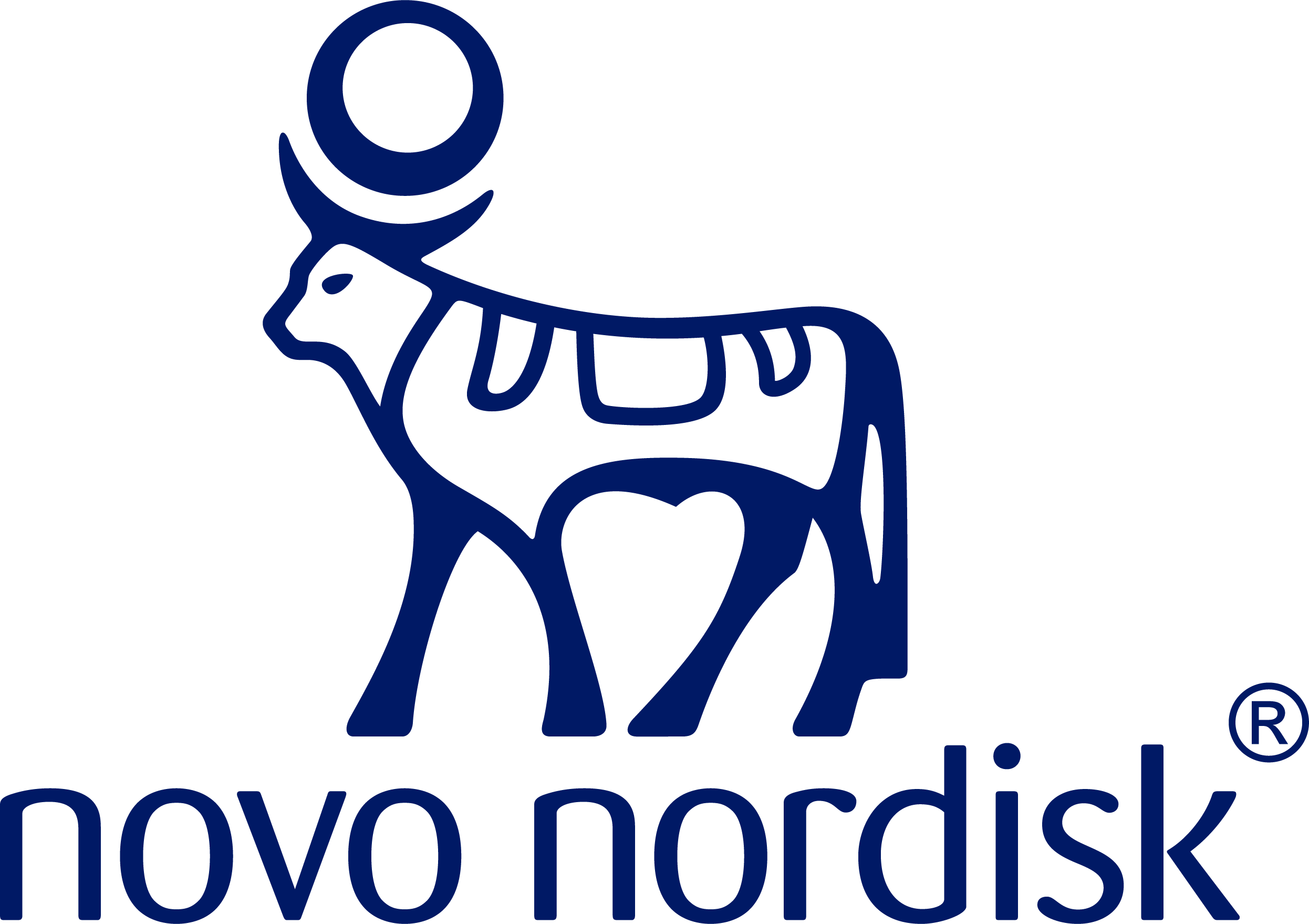Can addressing obesity improve sleep apnea?
Learn about the connection between this common comorbidity for your patients with obesity and how it can affect their health.
It is estimated that nearly half of all people with obesity also have obstructive sleep apnea (OSA)1
Obesity is associated with fat deposition in the upper respiratory tract, which can lead to mechanical obstruction, hormonal changes, and inflammatory responses, impacting the severity of OSA.2,3
Mechanical load increase

Respiratory stress
Proinflammatory cytokines

Reduced CNS activity and upper airway control
Oxidative stress increase

Lowered upper airway function
A 10% weight gain in people with an average BMI of 29 kg/m2 increases the likelihood of developing moderate to severe sleep apnea by 6 times, and incidence increases with BMI.4*

BMI
OSA Prevalence1,5†
25 kg/m2 to 34.9 kg/m2
33%
35 kg/m2 to 40 kg/m2
71%
40 kg/m2 to <50 kg/m2
74%
50 kg/m2 to <60 kg/m2
77%
≥60 kg/m2
95%
*This study was a population-based, prospective cohort study of 690 patients that measured the independent longitudinal association between weight change and change in sleep-disordered breathing severity.4
†The intent of this study was to determine the prevalence of OSA in 290 patients with obesity presenting for weight-loss surgery.
BRING OBESITY TO THE FOREFRONT
WITH YOUR PATIENTS WITH OSA
AACE/ACE guidelines recommend a weight-loss goal of 7% to 11% or more for patients with obesity and obstructive sleep apnea.6
BMI, body mass index; CNS, central nervous system.

DISEASE PROGRESSION
Obesity is caused by a range of factors7,8

INITIATING A PLAN
Patients may be waiting for health care professionals to discuss weight management
References:
1. Romero-Corral A, Caples SM, Lopez-Jimenez F, Somers VK. Interactions between obesity and obstructive sleep apnea: implications for treatment. Chest. 2010;137(3):711-719.
2. Dobrosielski DA, Papandreou C, Patil SP, Salas-Salvado J. Diet and exercise in the management of obstructive sleep apnoea and cardiovascular disease risk. Eur Respir Rev. 2017;26(144):160110.
3. Jehan S, Zizi F, Pandi-Perumal SR, et al. Obstructive sleep apnea and obesity: implications for public health. Sleep Med Disord. 2017;1(4):00019.
4. Peppard PE, Young T, Palta M, Dempsey J, Skatrud J. Longitudinal study of moderate weight change and sleep-disordered breathing. JAMA. 2000;284(23):3015-3021.
5. Lopez PP, Stefan B, Schulman CI, Byers PM. Prevalence of sleep apnea in morbidly obese patients who presented for weight loss surgery evaluation: more evidence for routine screening for obstructive sleep apnea before weight loss surgery. Am Surg. 2008;74(9):834-838.
6. Garvey WT, Mechanick JT, Brett EM, et al; Reviewers of the AACE/ACE Obesity Clinical Practice guidelines. American Association of Clinical Endocrinologists and American College of Endocrinology comprehensive clinical practice guidelines for medical care of patients with obesity. Endocr Pract. 2016;22(suppl 3):1-203.
7. Lee A, Cardel M, Donahoo WT. Social and environmental factors influencing obesity. Updated October 12, 2019. In: Feingold KR, Anawalt BB, Blackman MR, et al eds. Endotext. [Internet]. South Dartmouth, MA: MDText.com; 2000. Accessed September 23, 2024. https://www.ncbi.nlm.nih.gov/books/NBK278977/
8. Thaker VV. Genetic and epigenetic causes of obesity. Adolesc Med State Art Rev. 2017;28(2):379-405.








